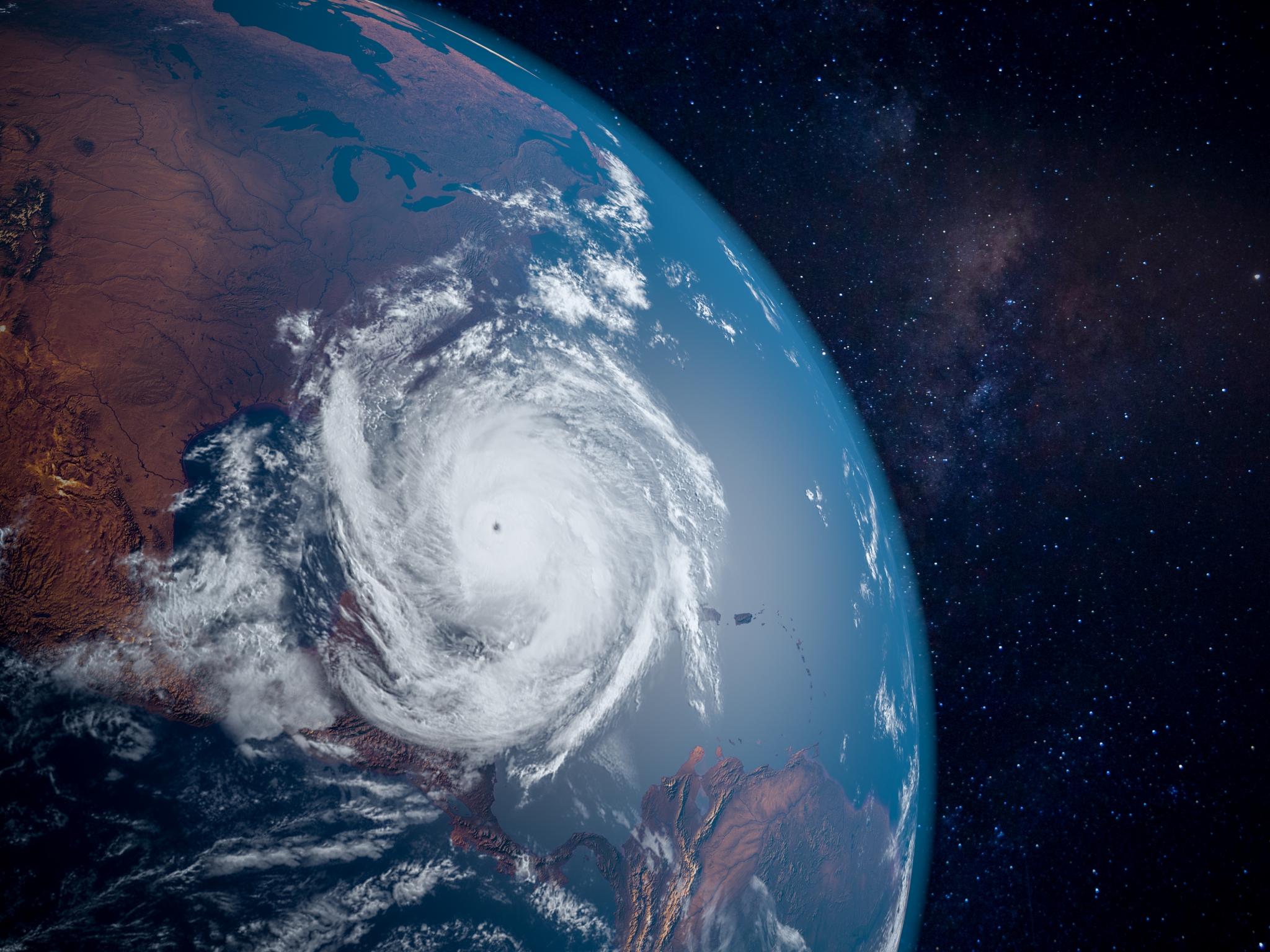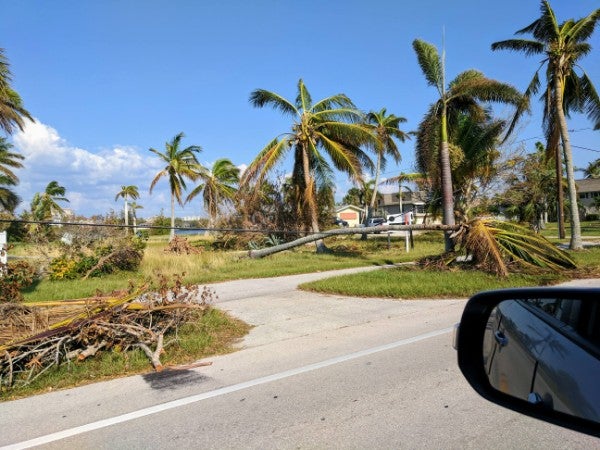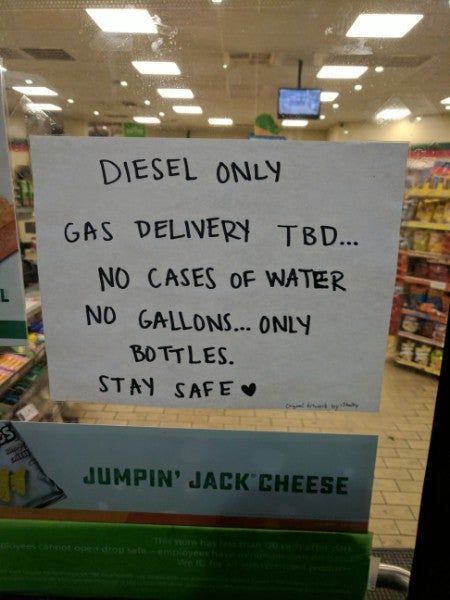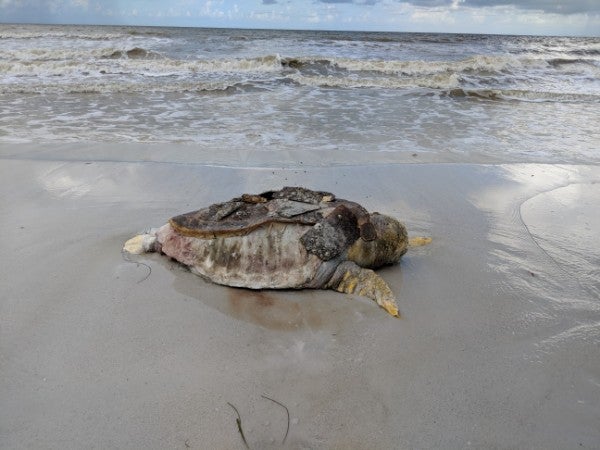
Approximately 1 million properties in Florida's west coast, including Naples and Punta Gorda, could sustain significant damage caused by Hurricane Ian, totaling $258 billion in replacement costs, according to an analysis released Monday by Core Logic.
More than 600,000 properties in the Tampa Bay area might sustain damage, costing $149 billion for aid and reconstruction, the report said.
Florida as a whole has a major economic impact on the United States. The Sunshine State has the fourth-highest nominal GDP in the nation, larger than all but 15 nations, and would rank after Mexico and before Indonesia if it were a sovereign state.
Jim Long, finance professor at Friends University in Witchita, Kansas says the effects of Hurricane Ian will slow down the supply chain for Florida’s top exports, which include aircraft engines, engine parts, cell phones, and integrated circuits (processors/controllers) for at least nine weeks.
Related Link: How You Can Put Your Crypto To Good Use: Hurricane Ian Nonprofits That Accept Cryptocurrency
“[Supply chain disruptions] are almost like being in a traffic jam,” the professor said. “You sit for a certain amount of time — in this case, nine weeks — and cars start moving; you don’t start moving, it depends on how far back you are in the chain.”
When it comes to economic impact, we can use history as a yardstick.

All photos are from Hurricane Irma in 2017 and taken by the author.
Hurricane Ida, a Category 4 storm, made landfall in Louisiana in 2021 and set a new record for intensity and damage, trailing only Hurricane Katrina in 2005.
Ida caused $75 billion in losses, and the money to reconstruct infrastructure and aid displaced families in repairing their homes came from federal relief programs and nonprofit organizations.
Not to mention insurance firms, which, according to risk-modeling company Karen Clark & Co., spent close to $18 billion.
Related: With Hurricane Ian About To Slam Florida, Which Insurance, Bank Stocks Are Most Exposed?
Gas, too.

In addition to the state's many closed fuel terminals, heavy winds and flooding prevent truck delivery in many locations.
Distributors of fuel in the state have issued a warning about the protracted wait periods for resupplying homes and businesses with diesel for generators. Ninety percent of the fuel in the state is delivered to four ports on barges, therefore a protracted disruption in maritime transportation could jeopardize the supply, according to an economic threat analysis by Fortune.
Tourism Disruptions

In 2017, Hurricane Irma slammed Florida’s southwest coast, where Ian landed.
Phosphogypsum, a radioactive byproduct created during the production of phosphate fertilizer, leaked into Florida's Lake Okeechobee as a result of the storm, and it then flowed back into the Gulf of Mexico.
Algae blooms are caused by phosphogypsum and its toxicity. When the blooms die, red tide results, which tragically kills marine life it comes in touch with.
More than 2,000 tons of marine life were killed by Irma's red tide, drastically reducing the state's tourism income, according to CNN.
According to the National Centers for Coastal Ocean Science, the red tide event's projected total economic impact (including direct, indirect, and induced consequences) was $318 million due to the disruption of the Airbnb market.
Furthermore, 2,876 jobs were lost throughout the entire state. Nearly half of all economic effects are indirect or induced, frequently in sectors like real estate, health care, and business and company management that are not directly related to tourism.
Photo via Shutterstock.







